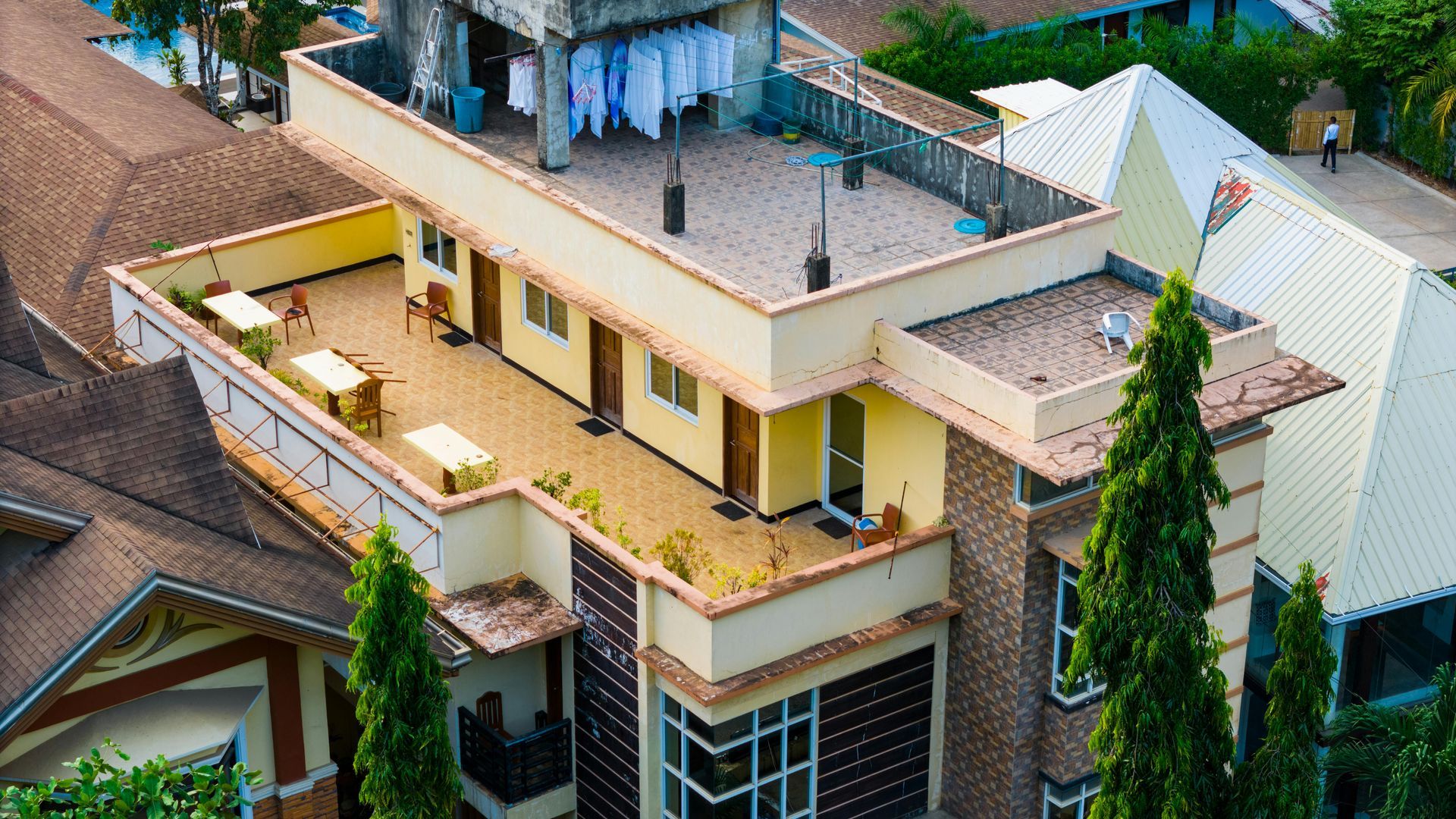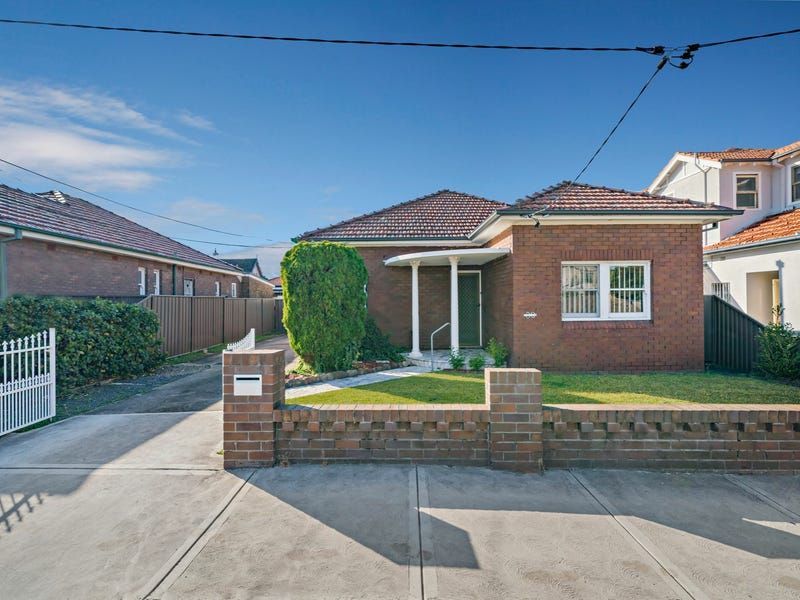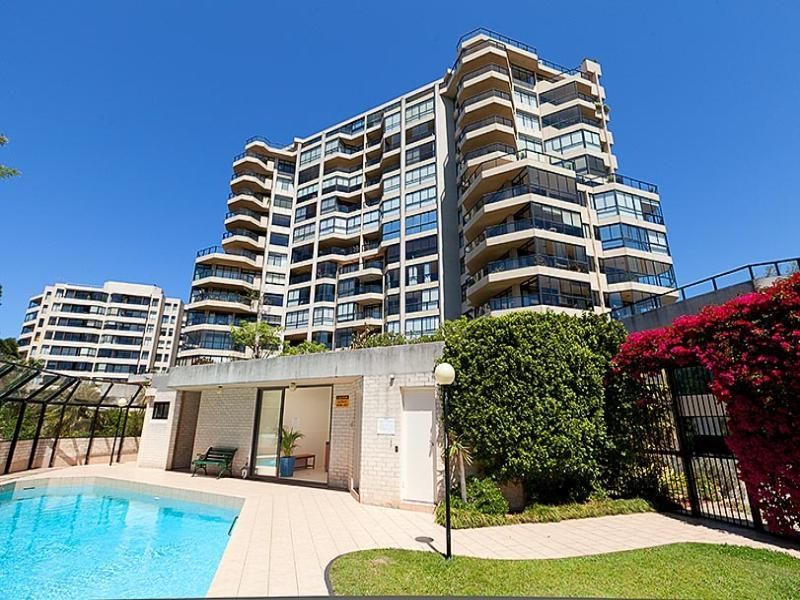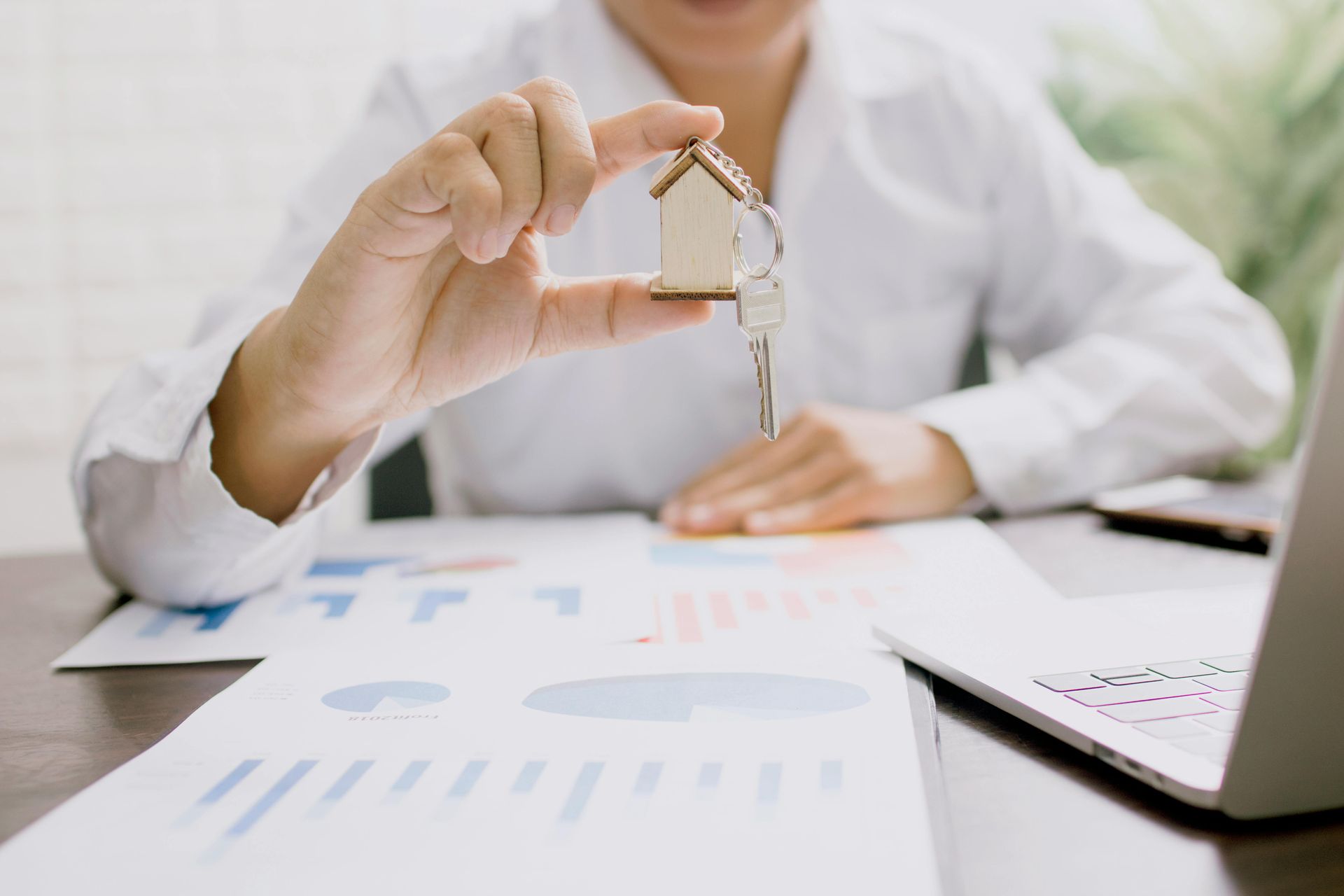
Let’s take a moment to look back at how our cities have developed. We began by establishing central business districts (CBDs), where office buildings, hotels, retail, and high-density living were zoned.
Then came the first ring of suburbs bordering the CBD—affordable housing created for workers who needed to live close to the ports where much of the labour was required.

Next, came the suburbs zoned for medium and low density. The classic quarter-acre block with a four-bedroom house became standard—later reduced to 600sqm, then again to 400sqm.
These suburbs grew around train stations, and families tried to stay as close to the CBD as possible, near their workplaces.
However, this type of planning didn’t take into account the level of population growth and demand we would experience. Gradually, the dream of owning a house drifted further and further away from the CBD.
Now, the “lucky” ones who managed to buy a house back then have lived there for decades. They raised families, and their children—now adults—live far away because they can’t afford to buy nearby. Meanwhile, those “lucky” homeowners are ageing. The home is no longer maintained as it once was. The garden that once brought joy has become a burden. The children, now with families of their own, don’t have the time to visit often. And so, many are left alone in houses that are too large and expensive to maintain.

You might ask, “Why not sell and downsize?”
The answer is: they can’t—because there’s nowhere to go. Let’s think about that for a second.
They’ve spent their whole lives in that suburb. Their friends are there. The coffee shops know them by name and order. The local newsagent greets them with a smile. Their GP is nearby. But all that surrounds them are similar large houses—or old brick walk-ups with three storeys and no lift. Not exactly ideal for an 80-year-old carrying groceries up the stairs.
We forgot to plan for the final stage of life.
We didn’t build medium-sized buildings with amenities and shops below—places where people could downsize and still stay in the suburb they love, in comfort, without turning an already challenging life transition into something even more stressful and isolating.
Now that we can see the full picture of the property lifecycle, it’s clearer why the government is pushing for more vertical living in established suburbs with existing infrastructure.
These dwellings not only help first-home buyers enter the market in convenient locations, but they also give older residents the opportunity to maintain their lifestyle while allowing others to step into the homes they leave behind.

A great example of forward thinking is the building at 180 Ocean Street, Edgecliff, NSW 2027. Built 40 years ago, it features retail and commercial space on the lower level, a bus terminal, and a train station. When an older resident moves into that building, they remain in the suburb they know and love, with full independence—they just take the lift downstairs for groceries, appointments, or transport.
We need more buildings like this—especially in suburbs that are currently seen as “outer suburbs” but won’t be for much longer. That way, when it’s our turn to retire, we don’t have to leave our communities. We just need to move into something more suitable for our age and needs.
We need to shift our mindset and recognise that our life expectancy is higher than ever. We should ask ourselves: Do I really want to be in a five-bedroom house with a 1,000sqm garden in my 70s or 80s? Or would I rather spend time with family, friends, or travelling—able to simply lock the door and go, without worrying about the garden or whether I can afford to fix the roof after a storm?
With this in mind, we need to urge the government to implement planning rules that require new developments to be more spacious and better suited to real living—especially for families.
What do you think?
share to



